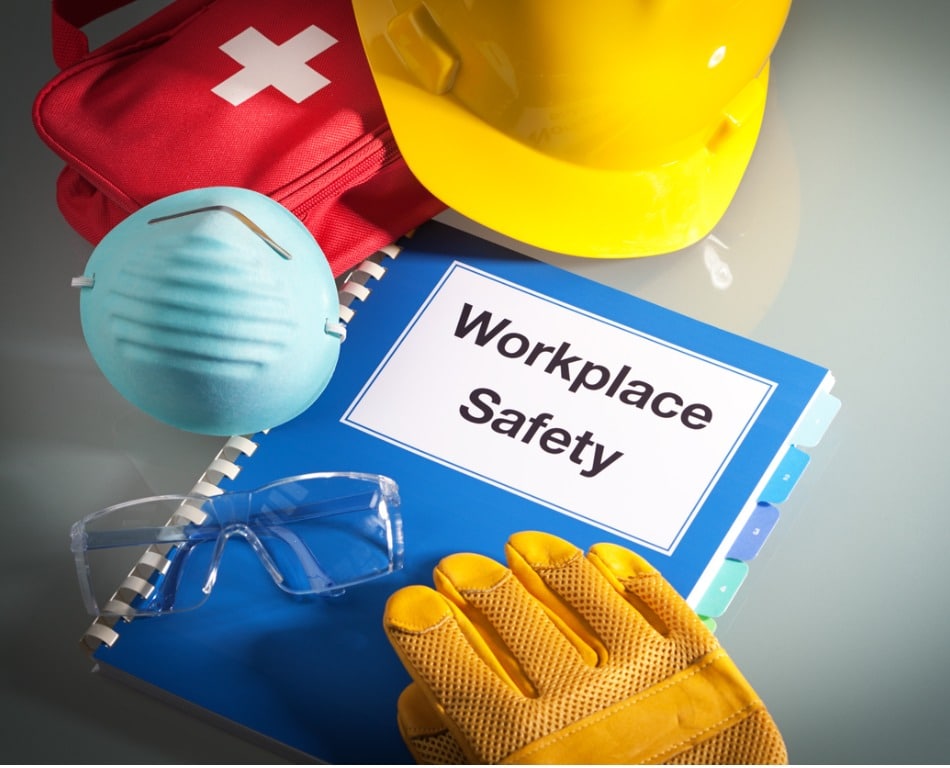On October 19, the Occupational Safety and Health Administration (OSHA) held its tenth public meeting on the agency’s whistleblower program. During the online event, participants raised issues and provided suggestions related to the program and whistleblowing at large.
Introductions and Changes OSHA Has Implemented
Douglas Parker, Assistant Secretary for OSHA, introduced the event. “We at OSHA believe it’s crucial that all workers feel comfortable bringing issues,” he said, highlighting the importance of whistleblowers and their power to shed light on problems that may otherwise go unnoticed. He laid out the goal of these public meetings: identifying how OSHA can deliver better customer service and assistance the agency can provide to explain the whistleblower program to employees and employers.
Parker talked about how the agency is listening and implementing changes that are results of conversations and input from the OSHA public meetings. One change he mentioned was the updating of the investigations manual, which was the first major overhaul since 2011. Parker also said that the agency “updated internal training,” “added frequently asked questions on immigration,” and made updates to the retaliation webpage.
Lee Martin, Director of the Directorate of Whistleblower Protection Programs (DWPP), mentioned that during these meetings, the agency receives “a lot of useful feedback.” Martin mentioned that notes from the meeting will be uploaded to this page.
Rob Swick, the Division Chief for Field Operations of DWPP, then went over the ground rules of the meeting and continued to facilitate the convening.
Feedback on OSHA’s Whistleblower Protection Program
At one point, there were over 180 participants on the Zoom call. Speakers from the general public hailed from several different industries and with diverse connections to OSHA and employment issues.
Several individuals mentioned the lack of awareness about the whistleblower program: one person suggested OSHA make a larger poster about the program with specific notes on time limits involved in filing whistleblower complaints. Other outreach suggestions included implementing meetings to remind employees about their whistleblower rights and including information on whistleblowing as part of employee training.
One person suggested that OSHA should improve communications with unions, especially when there are complaints that are under investigations. They offered that OSHA could develop training materials for local union officials to help them better understand whistleblower programs. Another speaker brought up the issue of non-English speaking workers and said that OSHA should work on outreach to non-English speaking communities.
